
Portrait de Madame X – portrait of a beautiful Parisian secular Virginie Gotro by John Sargent, written in 1884.
The painting shows a woman in a black evening dress with straps made of precious stones. In the original version of the film it was one of the strapless flirty deflated. Portrait is characterized by the contrast between the pale skin with dark dress and the background.
The portrait was painted not by the order of Madame Gotro, and at the request of Sargent, who first saw it in 1881, was struck by the beauty and through a friend I asked Virginie Gotro permission to write her portrait.
Sargent hoped that this pattern will attract a lot of attention at the forthcoming Paris Salon and arouse the interest of potential customers. Although Madame Gotro already rejected several such requests, she agreed to the proposal Sargent in February 1883, possibly because the artist was as an expatriate, as she was, and they both need to draw attention to achieve a higher status in French society.
Work winter 1883 progressed slowly due to the turbulent public life of Madame Gotro and that she did not possess perseverance model, which is necessary for a long time to pose for the artist. In its proposal of Sargent visited Gotro estate in Brittany in June 1883, where he made a series of sketches in pencil, watercolor and oil. After this trip remained about 30 drawings representing Madame Gautheret in various poses.
Oil Sketches “Madame Gotro drink a toast”, as well as the final portrait, depicts Virginie Gotro in profile with naked hands against a dark background, but is written in a free style than “Portrait of Madame X”. work on the portrait moved no faster than in the provinces than in Paris as Madame Gotro here led an intense social life, constantly received visitors. Sargent complained about her “beauty that is impossible to portray a hopeless and lazy.”
For the final version of the portrait Sargent chose to Gotro position when the body deployed to the artist, rotated the head in profile, while the right hand is pushed back and rests on a low table. So create tension, serves to emphasize the elegant contours of the model. Even after selecting the composition work was slow, but by the fall of the portrait was nearing completion.
Prior to the completion of the picture Virginie Gotro was really excited and confident that the portrait would be a masterpiece. The first show at the Paris Salon, entitled “Portrait of Madame ***” in 1884 caused a scandal and shock the audience. The intention of the artist to remain anonymous model was unsuccessful. Any representative of the French high society, it was clear that the painting depicts Madame Gotro.
Underlined models and pale skin pink tint of her ear was seen as a hint of make-up, use of which is considered a sign of vulgarity and bad taste in high society, and was associated with low social status of women. Mother Gotro demanded that Sargent’s portrait removed from the show, but he refused. Immediately after the show at the Salon picture became an object of ridicule in the tabloid press. It was called the new model for the ace of spades, hinting at the contours of the upper part of the dress. There were cartoons on the theme of the portrait.
Later, the artist rewrote strap dress, lifting it over his shoulder and changed its name to “Portrait of Madame X”, to make the picture more impersonal and mysterious, but the situation is not saved. The reaction of the audience turned to disappointment for both the model and the artist. Gotro was humiliated Madame scandal. Career Sargent, he carefully arranged in Parisian society was destroyed, wealthy clients have canceled all their orders, and the artist was forced to soon move to London, and then in the US, where he became famous as a talented portraitist and wrote portraits of presidents and prominent businessmen.
Sargent’s “Portrait of Madame X” exhibited in his first Paris and then to London workshop. Since 1905 the painting was shown in several international exhibitions and in 1916 sold to the Metropolitan Museum, whose director Sargent wrote: “I believe this is the best of what I’ve done so far.” Second, an unfinished version of the portrait in the same pose, but lowered the straps of the right display at the Tate Gallery in London.
 Madame X – John Sargent
Madame X – John Sargent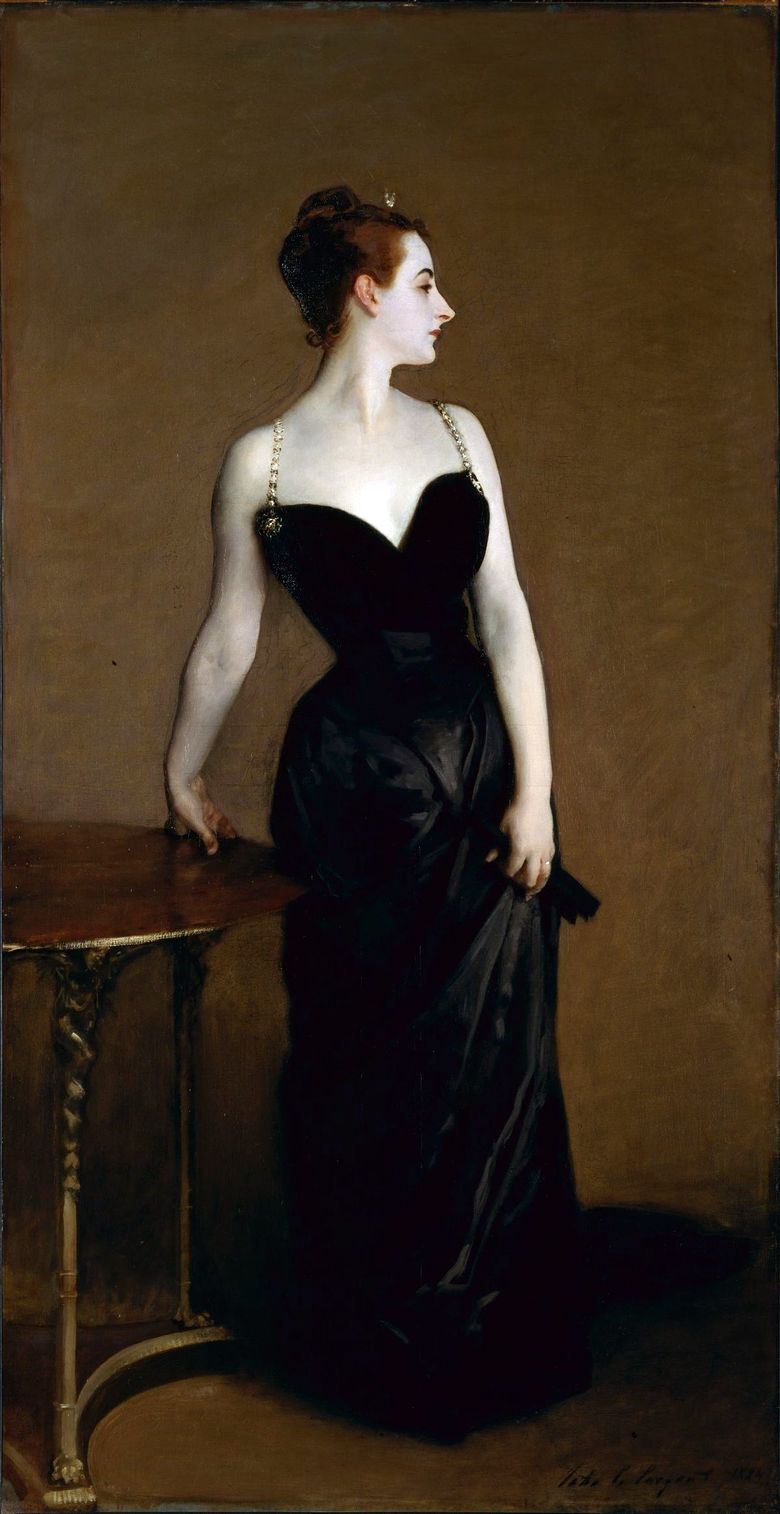 Madame X – John Sargent
Madame X – John Sargent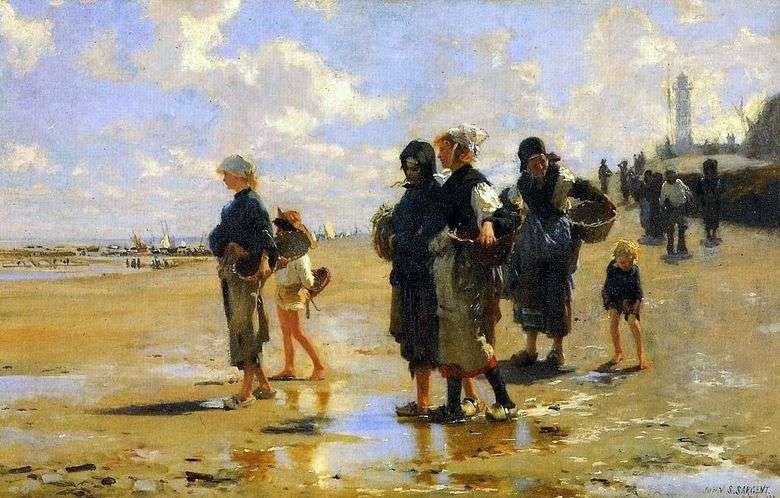 Recolectores de ostras en Cancale – John Sargent
Recolectores de ostras en Cancale – John Sargent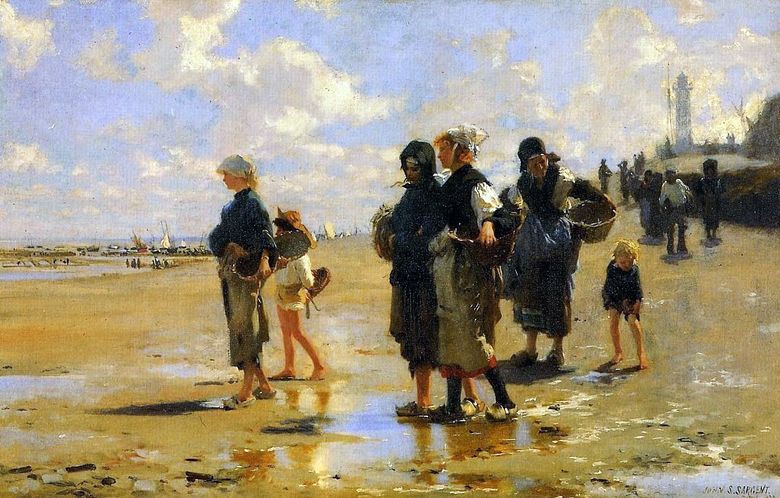 Cueilleurs d’huîtres de Cancale – John Sargent
Cueilleurs d’huîtres de Cancale – John Sargent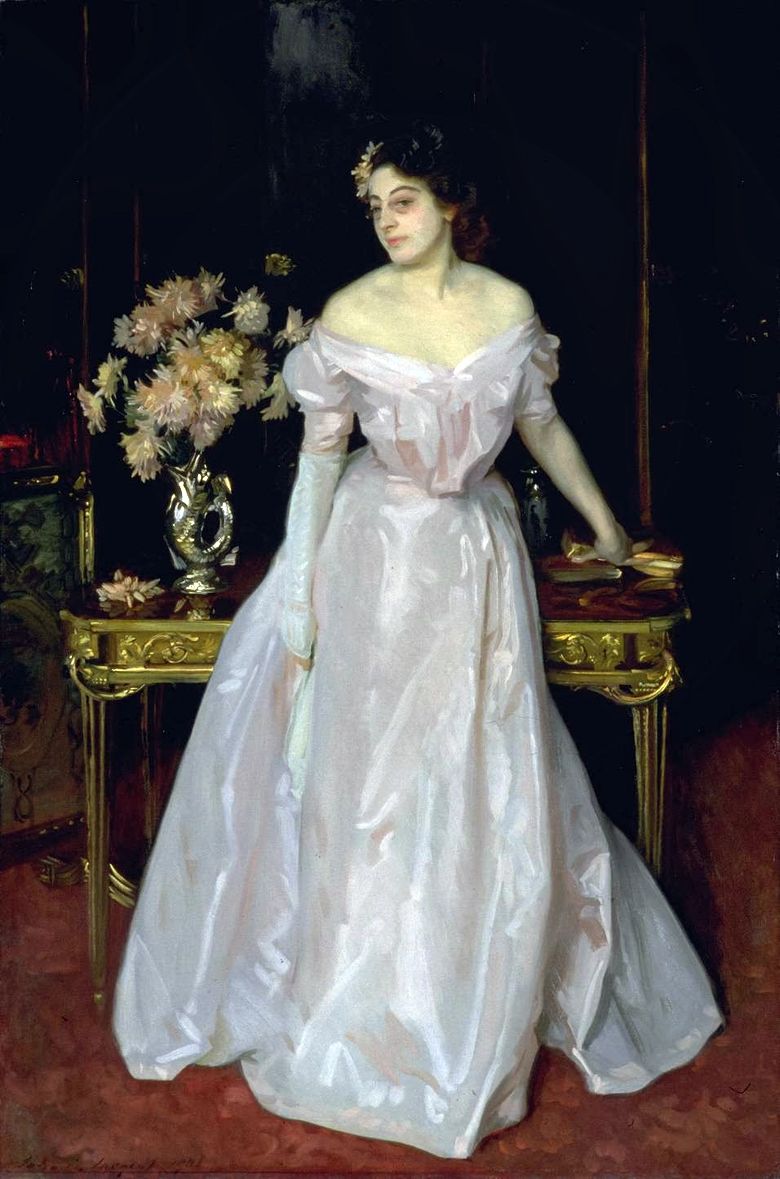 Hilda, fille des conjoints de Wertheimer – Sargent John Singer
Hilda, fille des conjoints de Wertheimer – Sargent John Singer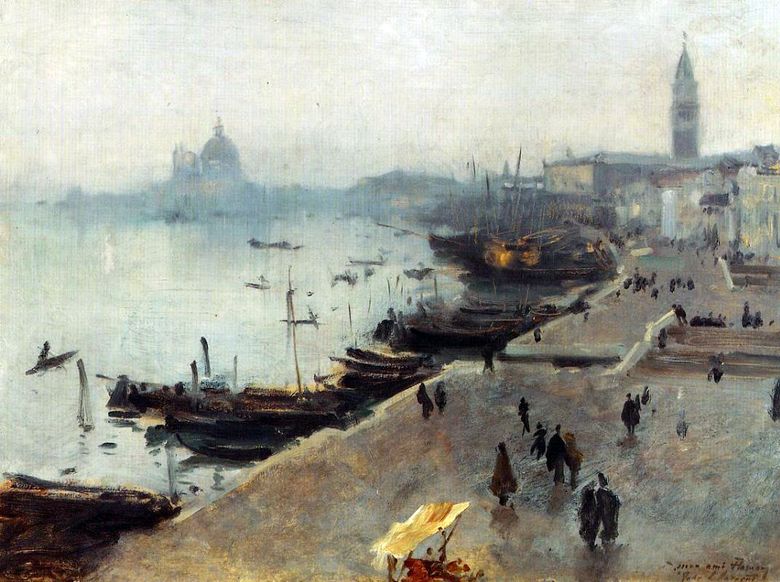 Vue de Venise par temps nuageux – John Sargent
Vue de Venise par temps nuageux – John Sargent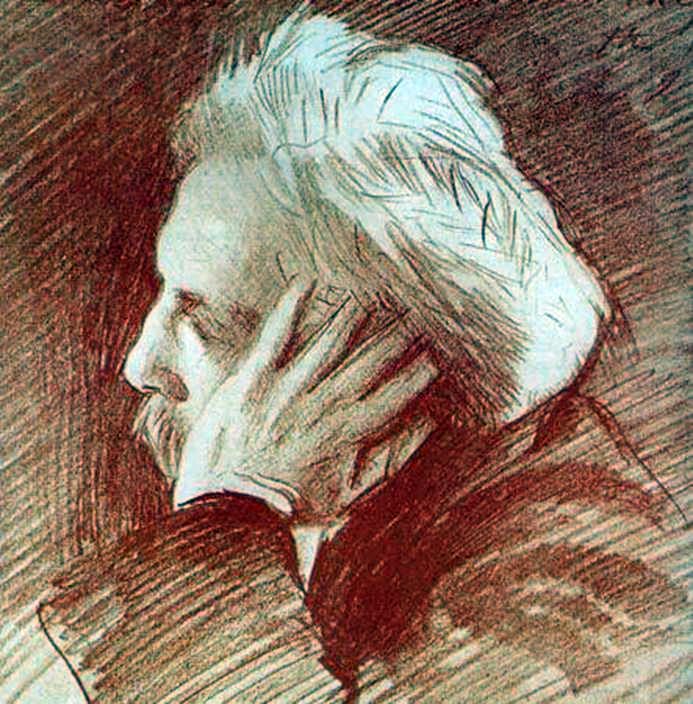 Portrait de Gabriel Foret – John Sargent
Portrait de Gabriel Foret – John Sargent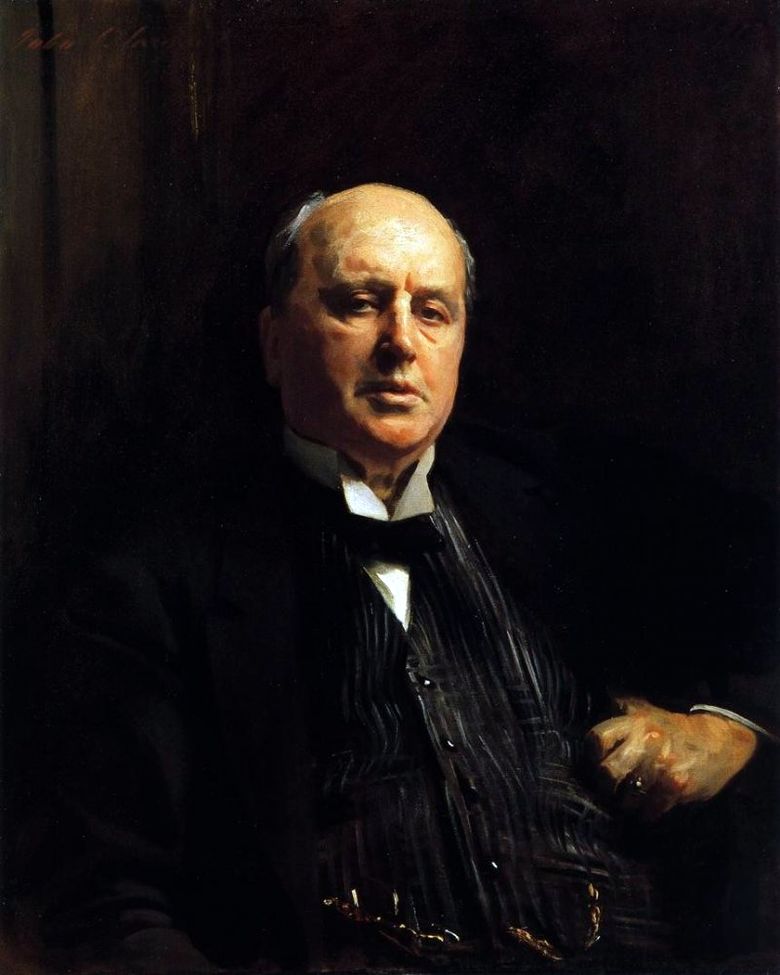 Portrait d’Henry James – John Sargent
Portrait d’Henry James – John Sargent